O.T. Why do my Clematis dry up & croak?????
susan926
16 years ago
Featured Answer
Sort by:Oldest
Comments (6)
wendy2shoes
16 years agomrsgalihad
16 years agoRelated Professionals
Norfolk Landscape Architects & Landscape Designers · Reading Landscape Architects & Landscape Designers · Cottonwood Landscape Architects & Landscape Designers · Wixom Landscape Architects & Landscape Designers · Burlington Landscape Contractors · Middletown Landscape Contractors · Arlington Landscape Contractors · Bell Gardens Landscape Contractors · Braintree Landscape Contractors · Brandon Landscape Contractors · Danvers Landscape Contractors · Euclid Landscape Contractors · Lynn Landscape Contractors · Wilton Landscape Contractors · Casselberry Landscape Contractorsphyl345
16 years agotiffy_z5_6_can
16 years agosheltieche
16 years ago
Related Stories

PLANTING IDEASGreat Garden Combo: Rose + Clematis for Small-Space Impact
We all need somebody to lean on. And when a rose supports a climbing vine, the results can totally transform a small garden
Full Story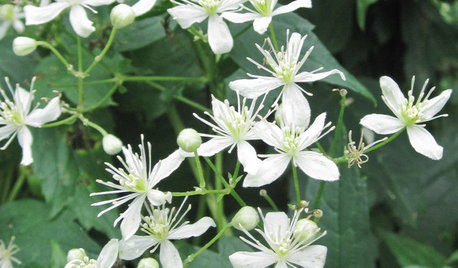
GARDENING GUIDESGreat Design Plant: Clematis Virginiana
Devil’s darning needles, a vigorous vine native to eastern North America, likes partial shade and many types of soils
Full Story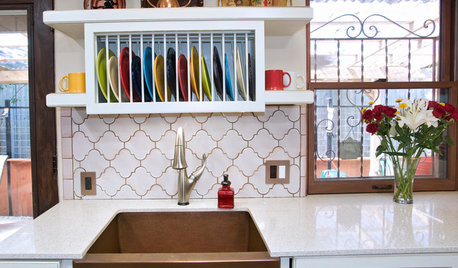
KITCHEN DESIGNDish-Drying Racks That Don’t Hog Counter Space
Cleverly concealed in cabinets or mounted in or above the sink, these racks cut kitchen cleanup time without creating clutter
Full Story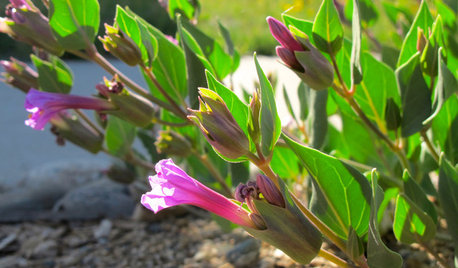
FLOWERS AND PLANTSMirabilis Multiflora Brings a Burst of Magenta to Dry Gardens
Plant this high desert native for its copious blooms, mounding habit and appeal to hummingbirds
Full Story
LANDSCAPE DESIGNGarden Walls: Dry-Stacked Stone Walls Keep Their Place in the Garden
See an ancient building technique that’s held stone walls together without mortar for centuries
Full Story
GARDENING GUIDES6 Native Ground Covers for Tough, Dry Spots
Sun beating down on your sandy gravel? Thick shade darkening your clay soil? There’s a ground cover here for you
Full Story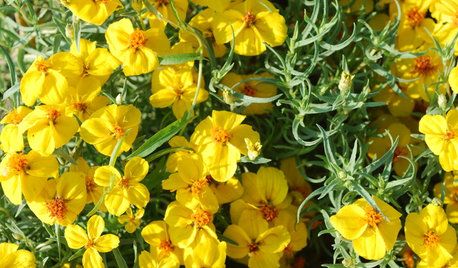
GARDENING GUIDESGreat Design Plant: Rocky Mountain Zinnia Brightens Hot, Dry Spots
Sunshiny flowers provide a showy drift of color in desert and prairie gardens — this native perennial is hardier than it looks
Full Story
BEFORE AND AFTERSA Victorian Kitchen Opens Up
A San Francisco space goes from blocked off to spot on, blending Victorian, midcentury modern and contemporary details
Full Story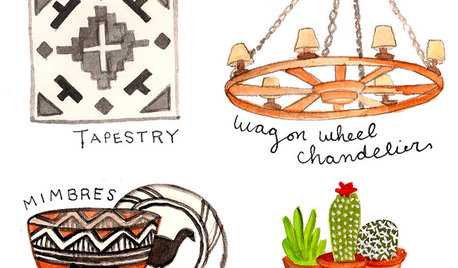
DECORATING STYLES12 Decor Pieces That Kick It Up Southwest Style
Rustle up some desert-style design from kitschy to eye catching with these Southwestern essentials for the home
Full Story
FLOORSFloors Warm Up to Radiant Heat
Toasty toes and money saved are just two benefits of radiant heat under your concrete, wood or tile floors
Full StorySponsored






tiffy_z5_6_can